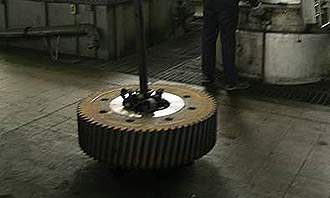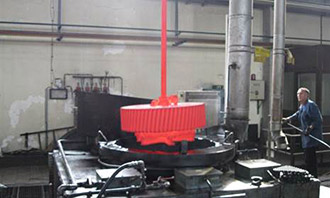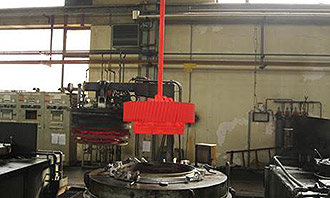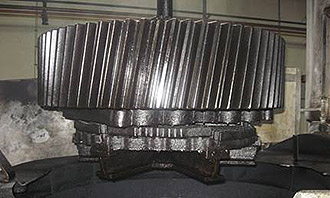Cementation
Cementation is the most widely used method of thermochemical processing, which is essentially alloying steel surfaces with carbon. Cementation is applied to steel parts that funcion under conditions of variable load and friction.
Low carbon steels containing up to 0.2% of carbon and alloy steels containing from 0.08 to 0.2% of carbon are subjected to cementation.
Cemented objects have their core toughened (which is preserved after cementation and hardening), with the cemented surface layer of high hardness (55-65HRC). Cemented layer may contain approximately 0.8-0.9% C, up to a maximum of 1.1% C. The thickness of the carburised layer ranges from 0.3 to 2.0mm.
Advantages of gas cementation in relation to solid state cementation are: shorter duration of the process, optional regulation of the cementation process while it is in progress, cleaner and more sophisticated procedure, possibility of wide use of mechanization and automation.
The gas cementation process in the PPT-TMO S.A. is carried out in Degussa shaft furnaces (workspace dimensions 900 x 2000 mm and maximum batch weight up to 1000 kg).
 |
 |
 |
 |

 Srpski
Srpski